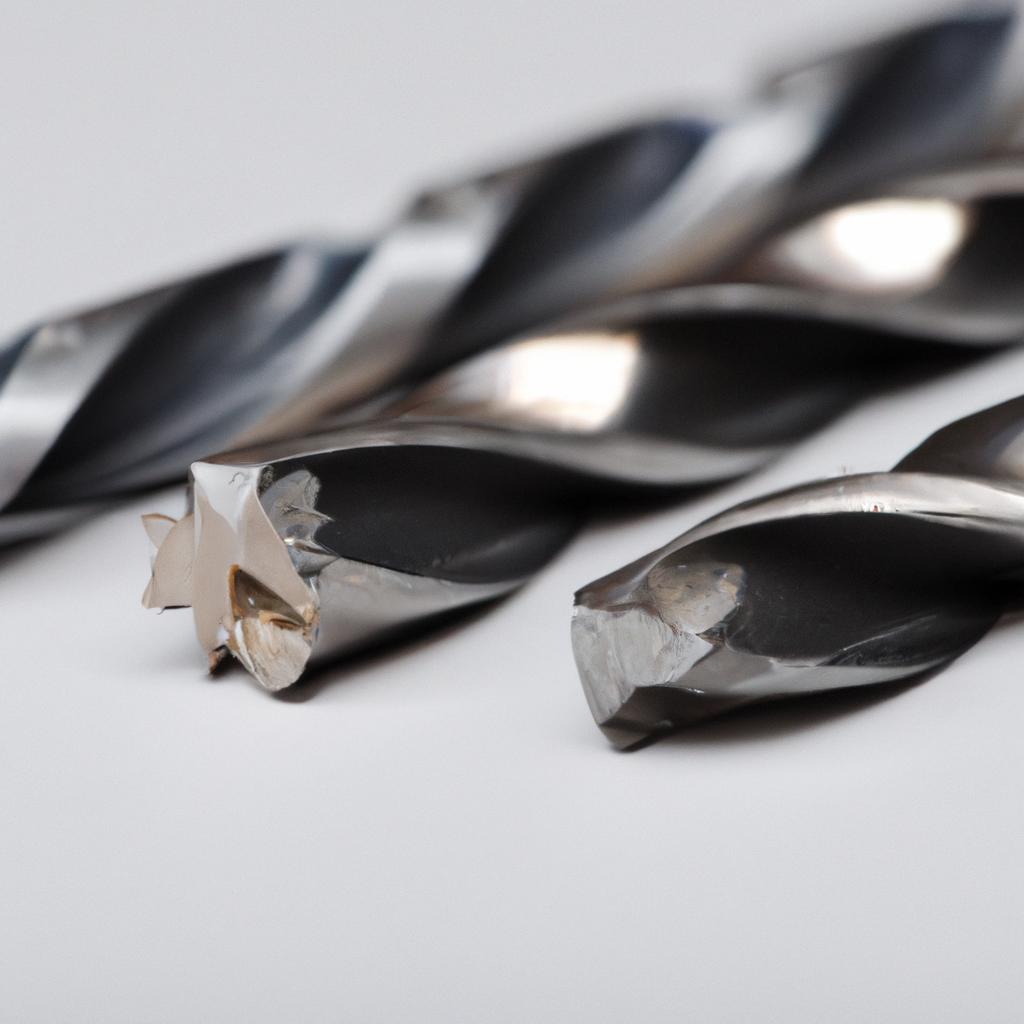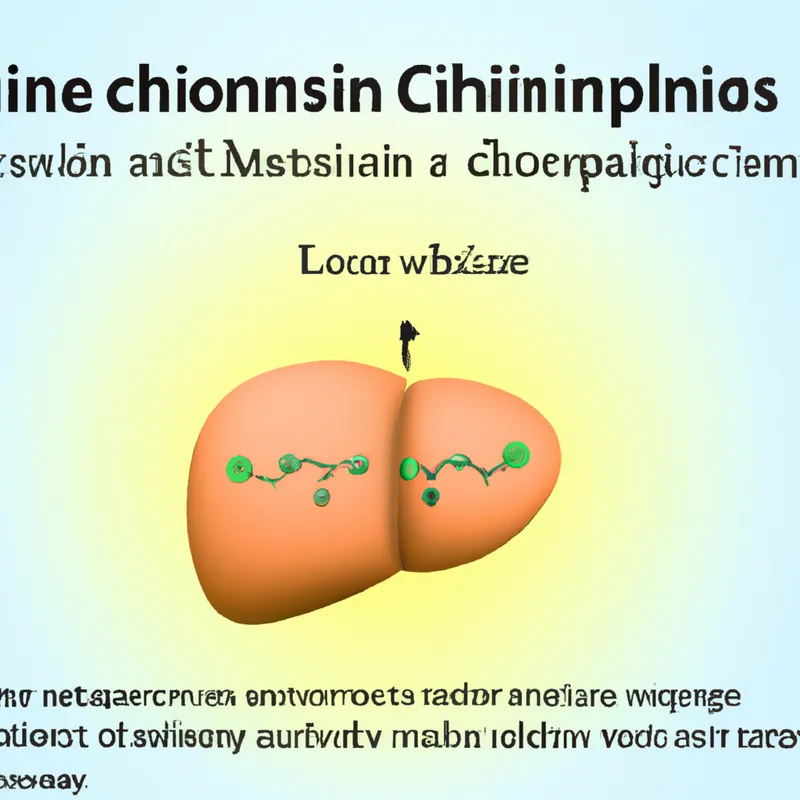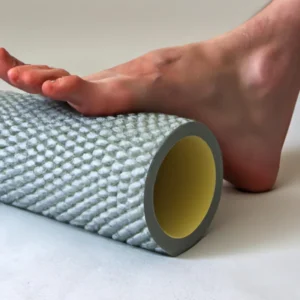Unlocking Your Body: Surprising Secrets of Joint Mobility
The Science Behind Joint Mobility: Understanding Range of Motion and Its Impact on Performance
Joint mobility significantly affects movement and athletic performance. It describes how efficiently joints move through their full range of motion (ROM). Understanding joint mobility science can enhance physical capabilities and improve daily life. This blog explores the importance of range of motion, tips for improvement, and benefits of maintaining joint mobility.
What Is Range of Motion?
Range of motion (ROM) measures how far a joint can move in different directions. It varies among individuals and depends on factors like age, genetics, and physical activity. Aging often decreases joint flexibility and mobility. Recognizing your body’s ROM helps identify limitations.
**Types of Range of Motion**
1. **Active Range of Motion (AROM)**: This refers to movement produced independently by a person. AROM is essential for daily activities and athletic performance.
2. **Passive Range of Motion (PROM)**: This involves an external force moving the joint. PROM assists in rehabilitation and assessing joint flexibility.
3. **Functional Range of Motion**: This range supports specific activities or sports. Adequate functional ROM enhances performance and reduces injury risk for athletes.
Tips for Improving Joint Mobility
Improving joint mobility requires consistent effort and diverse strategies. Here are effective tips to enhance your ROM:
1. Incorporate Dynamic Stretching
Dynamic stretching involves moving body parts through their full range of motion. It boosts blood flow and prepares muscles for activity. Include leg swings, arm circles, and torso twists in your warm-up routine.
2. Practice Yoga or Pilates
Yoga and Pilates emphasize flexibility and core strength. They promote joint mobility through various poses and movements. Regular practice improves overall flexibility and stability.
3. Use Foam Rollers and Massage Tools
Foam rolling releases muscle tightness and enhances circulation. Targeting tight muscles around joints improves mobility. Consider using massage balls for specific tension areas.
The Benefits of Optimal Joint Mobility
Maintaining optimal joint mobility offers numerous benefits for everyone. Here are key advantages:
1. Enhanced Performance
Improved joint mobility enables smoother, more efficient movement patterns. This efficiency leads to better performance in sports and physical activities. Athletes with greater ROM execute movements fluidly, yielding improved results.
2. Reduced Risk of Injury
Limited joint mobility increases injury risk. When joints cannot move freely, compensatory movements often occur, stressing other muscles and joints. Maintaining optimal mobility helps prevent injuries.
3. Improved Posture and Alignment
Joint mobility impacts posture and alignment. When joints function optimally, you maintain better alignment throughout your body. This alignment reduces muscle and joint strain, promoting overall health and comfort.
Advice for Maintaining Joint Mobility
To maintain and improve joint mobility, consider the following advice:
1. **Stay Active**: Engage in regular physical activity to maintain joint health. Focus on exercises that promote flexibility, strength, and cardiovascular fitness.
2. **Listen to Your Body**: Notice any discomfort or stiffness. Addressing these issues promptly prevents complications. Consult a healthcare professional for persistent pain.
3. **Stay Hydrated**: Joint cartilage needs hydration for lubrication. Drinking enough water maintains joint health and function.
4. **Warm Up and Cool Down**: Always warm up and cool down during workouts. These practices prepare joints for activity and aid recovery afterward.
5. **Incorporate Variety**: Include different exercises in your routine. Resistance training, aerobic activities, and flexibility exercises contribute to optimal joint health.
Conclusion
Understanding joint mobility science is vital for enhancing performance and overall health. Improving your range of motion yields better performance, lower injury risk, and improved posture. Incorporate dynamic stretching, yoga, and foam rolling into your routine. Stay active, listen to your body, and prioritize hydration. With consistent effort, you can enjoy the benefits of optimal joint mobility, leading to a healthier, more active life.
Below are related products to the topic if you’re interested:
FAQ
What factors affect an individual’s range of motion?
Range of motion (ROM) can vary among individuals due to several factors, including age, genetics, and levels of physical activity. As people age, joint flexibility and mobility often decrease, making it essential to recognize and address these limitations for better movement efficiency.
How can I improve my joint mobility effectively?
Improving joint mobility requires consistent effort and diverse strategies. Effective methods include incorporating dynamic stretching into your warm-up routine, practicing yoga or Pilates for enhanced flexibility, and using foam rollers or massage tools to release muscle tightness and improve circulation around the joints.
What are the benefits of maintaining optimal joint mobility?
Maintaining optimal joint mobility offers several benefits, including enhanced athletic performance through smoother movement patterns, a reduced risk of injury by preventing compensatory movements, and improved posture and alignment that reduces muscle and joint strain, promoting overall health and comfort.















Post Comment